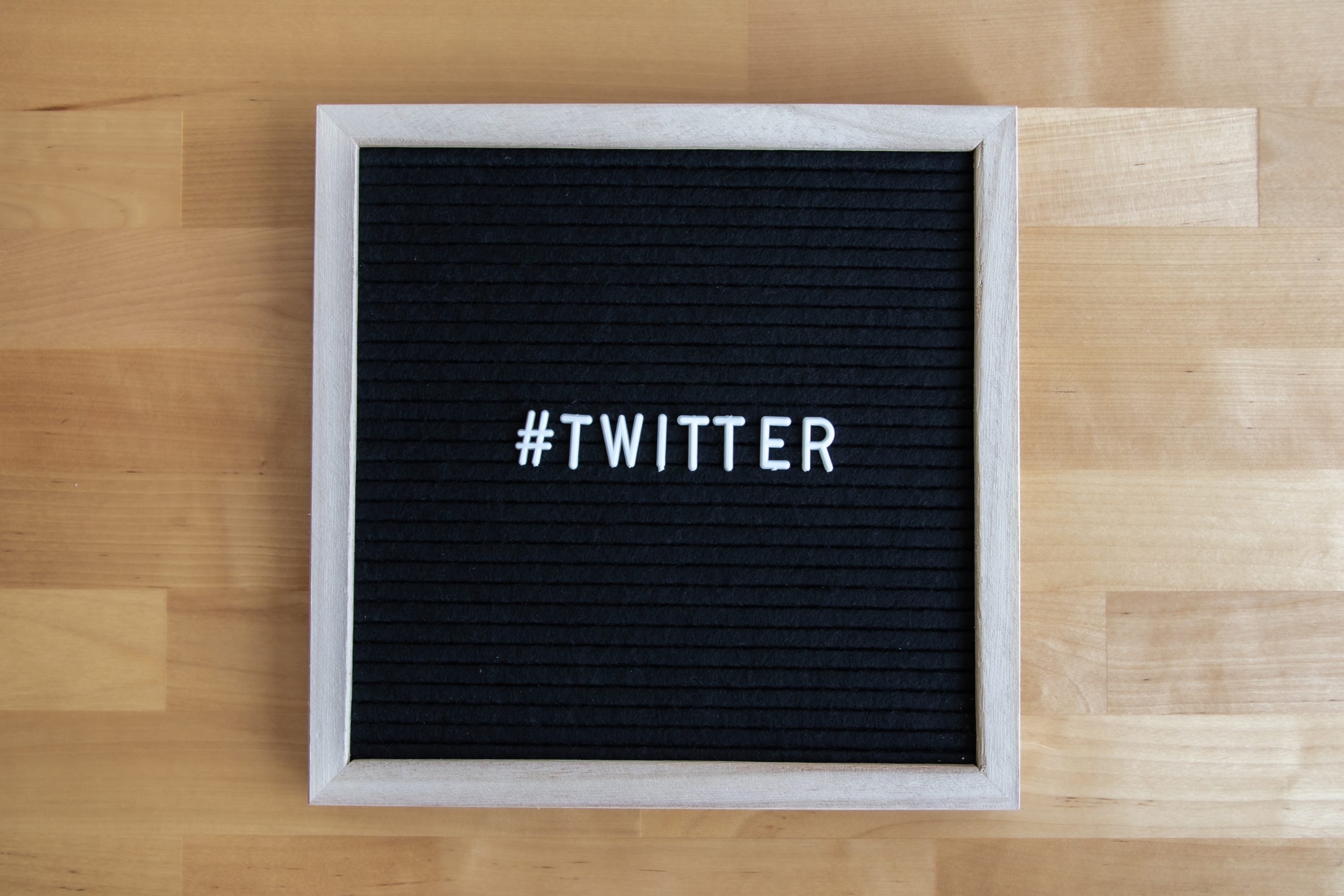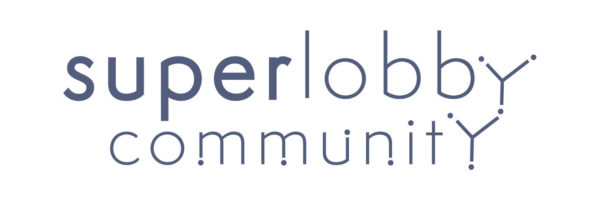
Twitter as a tool for Public Affairs has gone through different stages. It started out with the first firms trying out in the cringiest ways, to now specialised agencies making content go viral. While it is tempting to debate the merit of the blue bird now that it is in the hands of a billionaire jerk, I rather focus on if and how you can use it as a lobbying tool.
Examples of professional Public Affairs Twitter accounts
Some of the big companies have dedicated Public Affairs or Government relations accounts. Take for example AT&T Public Policy, FedEx Public Affairs, General Electric Public Affairs, and IBM Policy. Closer to home, I really like the Twitter account of the Northern Netherlands (Strong Northern Netherlands), which is also being used as a tool to convey Public Affairs messages. What I see that all these accounts have in common is that they are pretty straightforward in their key asks and political messaging.
Activists have the upper hand over Lobbyist
NGOs do seem to have the upper hand when it comes to policy impact and twitter. Hashtag activism is a real thing. Unless you have been living under a rock you must see or maybe even be impacted by #metoo, #blacklivesmatter or #freeBritney. Hailed by some as a new weapon in the activist arsenal, criticised by others for being the lazy version of picketing. While movements using hashtags seem to be a thing of recent years, one of the first and most successful political hashtags was #kony2012. Kony 2012 is a 2012 American short documentary film whose purpose was to make Ugandan war criminal Joseph Kony globally known in order to have him arrested by the end of 2012. More recent examples are of course #BlackLivesMatter and #Metoo. Click here for Alyssa Milano’s original tweet that mobilized millions of women and made sexual predators held accountable. My own favourite is of course #FreeBritney. A hashtag used to mobilise millions of Brittney fans in order to get her out of the custody of her father. The movement resulted not only in the end of Britney Spears’ situation, but also produced a bill to reform guardianship.
In my humble opinion; There are two reasons why Twitter is kinder to activists than to lobbyists. First, Twitter appeals to the amygdala, making it more suited for campaigns where intrinsic motivation plays a bigger role. People care more about pandas than ISO standards. Secondly, NGOs are not inhibited to send out tweets, whereas lobbyists often have managers and lawyers looking at tweets before a tweet is signed off.
From 5000 to 0 to 4000: My personal Twitter Journey
In 2018 I had 5000+ Twitter followers. In all honesty, I got to 5000 Twitter followers through an app called Friend or Foe. The idea behind Friend or Foe was that you could follow, and then unfollow a lot of people. By the hundreds. The app had some nifty features so you could do this ultrafast. To the surprise of absolutely no one, Friend or Foe was made illegal. In 2018, I took a social media detox and temporarily closed my account for more than a month. The Twitter policy then closed my account permanently for being inactive for too long. And so I lost 5000 followers. In 2019 I embarked on a mission to regain my Twitter followers. I of course followed all the people in my inner circle, from whom I knew they would follow me back. I also started to experiment with paid advertisements. This both worked and didn’t work. It did work in that in total I gained about 500 followers, but it cost me about 200 Euro. The average follower gain was about 0,50 per follower. I think that’s a lot, my pockets don’t run that deep. Moreover, I probably suck at Twitter advertising. What for me was a turning point was that I discovered Hypefury. I used to dabble a bit in Tweetdeck, but while Tweetdeck is a great tool, it doesn’t trigger you to use it often. It lacks this feedback loop which makes you want to create a habit of Tweeting. IHypefury is very intuitive, and it really encourages you to tweet more. What was specifically a watershed moment was when I tweeted something mega boring, it went completely viral. It ended up having 371K impressions, 2,1K likes and over 400 retweets. Utter bonanza for a tweet about the EU.
Consistency, quality and quantity
In no way do I want to claim I am a Twitter Guru. But my personal Twitter journey and the study of others have gained me some knowledge on what works and what doesn’t; so here goes:
- Consistency is very important. Don’t make too big of intervals between tweets.
- Quality: Tweeting something valuable is the only sure way to gain followers and build up a brand. This could be as small as links to the interesting stuff, but also sharing specific knowledge through threads.
- Quantity: Nobody wants to hear this but quantity is king. You also need to tweet a lot in order to build up a brand and gain followers. But even more importantly, only by tweeting often will you develop a learning curve.
- Stop the cringe: It makes no sense to tweet half-baked tweets, with links to scientific reports. Developing a policy community through Twitter, but only if you make people feel they are part of a tribe. You will only end up at Cringe EU Tweets.
- Don’t overthink it. The best way to smother creativity on Twitter is to have a team of communications professionals comments on the quality of a Tweet. Just throw it out. Use your common sense, only think when it might be a career-ending tweet.

